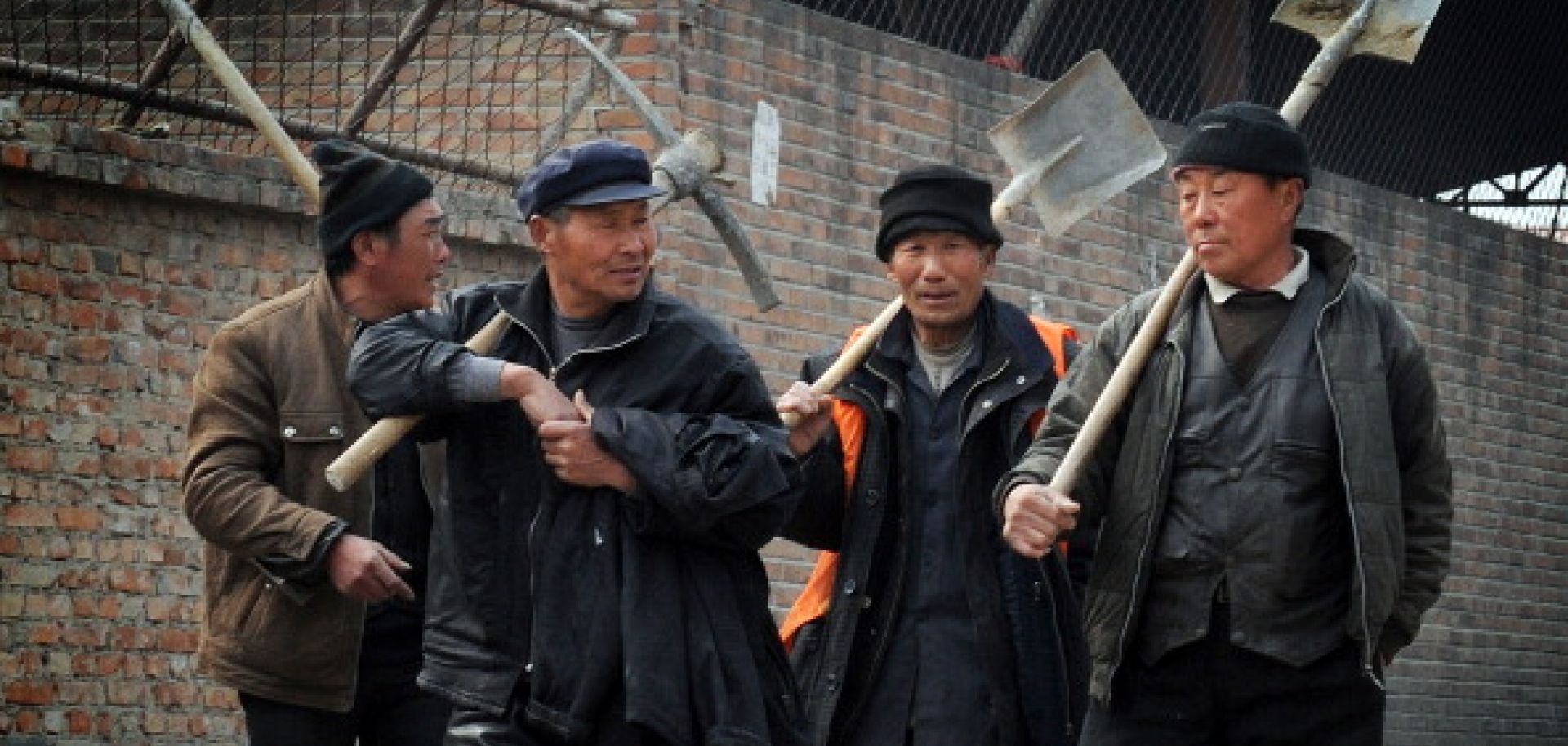ASSESSMENTS
China's Migrant Workers: A Boon and a Challenge
Sep 21, 2012 | 10:17 GMT

MARK RALSTON/AFP/Getty Images
Summary
Migration patterns in China are changing. In recent years, fewer people have moved to the coasts seeking work and more migrant workers already on the coasts have moved back inland. This shifting labor pattern could prove a temporary relief for Beijing, since maintaining employment is critical for China's social stability and the industrial hubs on the coast are not able to provide jobs for nearly every available low-skilled worker like in previous years. It also fits into China's plan to develop its inland economy so that region can take over most low-skill manufacturing and embark on urbanization, freeing up the manufacturing centers on the coasts to do more advanced, value-added activity and thereby facilitating China's transition to consumption-based economic model.
But while migrant workers are moving inland, they are not necessarily moving there to take the widely available low-skill manufacturing jobs. Many migrants, especially laborers from rural areas within inland provinces, are returning to work in agriculture, the service industry or other sectors they find more attractive. Inland factories are thus facing a growing challenge to recruit the needed labor force. The current trend in the inland economy is part of a larger problem that all of China will eventually face: the country's demographic challenges — its declining birth rate and aging population — will make it impossible to rely on an unlimited supply of cheap labor to fuel economic growth in the future.
Subscribe Now
SubscribeAlready have an account?
